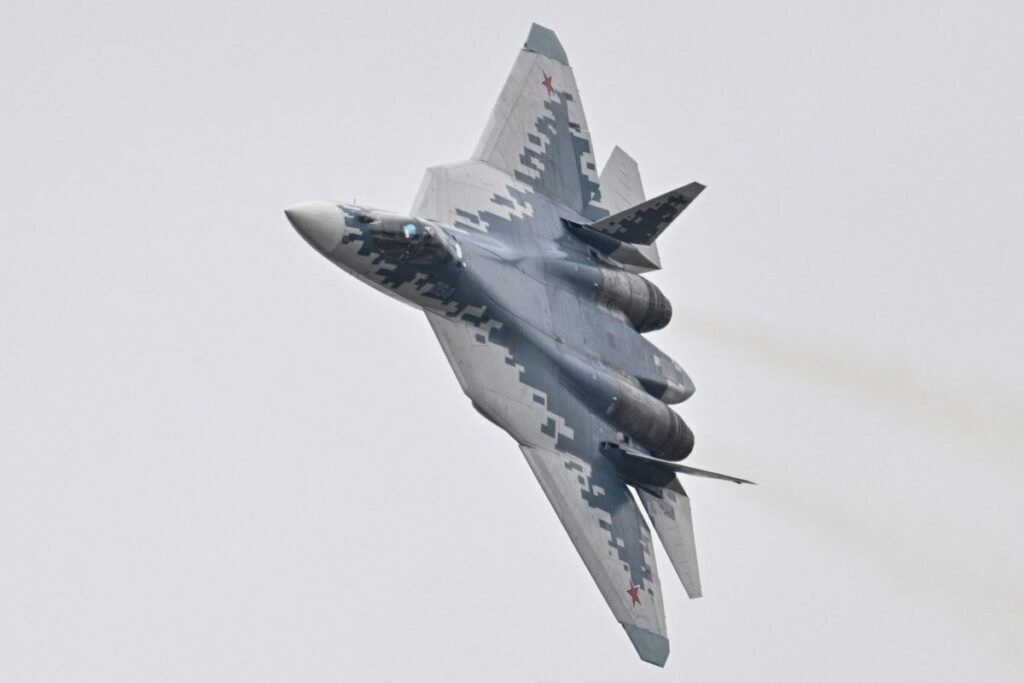
The Harbin Ice-Snow World Photo: VCG
Bullet trains specially designed for icy conditions and cranberries that are being cultivated in space are some of the highlights of “Made in Northeast China” products that are serving the 9th Asian Winter Games.
Analysts said it reflects the progress in the country’s strategy to promote the full revitalization of Northeast China, which has been backed by concerted efforts from the central and local governments.
The Asian Winter Games kicked off on Friday in Harbin, capital of Northeast China’s Heilongjiang Province, and goods developed in the region are playing a prominent role.
Chinese bullet train maker CRRC Changchun Railway Vehicles Co said in a statement sent to the Global Times on Friday that its latest CR400BF-GS Fuxing bullet trains can withstand the cold and snowy weather in the region. The trains are serving athletes and guests at the Games, running from the provincial capital to the Yabuli Ski Resort, which is hosting the cross-country skiing competitions.
The CR400BF-GS is an improved version of previous Fuxing bullet trains with a further optimized internal space, and passenger capacity that has been expanded from 578 to 619 people. The smart technology-empowered train has a top speed of 350 kilometers per hour, and it is designed to cope with freezing temperatures, according to the company.
Liu Junyang, a senior engineer at CRRC Changchun, told the Global Times on Friday that smart trains have extended the reach of China’s high-speed railway network and greatly improved travel convenience for people living in northern areas of the county.
In the athletes’ canteen, locally produced cranberries are being served, according to the state broadcaster CCTV, providing athletes with a fresh and nutritious option.
The locally produced cranberries reflect the region’s efforts to develop modern agriculture, and to add value to its agricultural output.
Li Feng, general manager of Fuyuan-based Red Sea Farm that supplies the cranberries, told the Global Times on Friday that the cranberries originated from North America, and their cultivation relies heavily on modern technology, including agricultural machinery that is suitable for the local conditions. Fuyuan in Heilongjiang Province is China’s easternmost city.
Cranberries can generate economic benefits nearly 100 times those of soy beans, Li said, adding that with the joint efforts of the company, the local government and research institutions, a total of 150,000 cranberry seeds have been sent into space in batches for space breeding.
Northeast Light Alloy Co, a subsidiary of state-owned nonferrous metal giant Chinalco, provided the base for some of the mascots at the games, using its premium aluminum magnesium alloy, which is also used by China’s domestically developed large passenger aircraft, the C919, according to CCTV.
At the Harbin Ice-Snow World, ice-cutting machines developed by Harbin Institute of Technology that incorporate artificial intelligence technology have been used for the park’s ice brick production, according to a January report by domestic news portal thepaper.cn.
Song Kui, president of the Contemporary China-Russia Regional Economy Research Institute, told the Global Times on Friday that the use of locally produced high-tech products at the Games shows the progress local governments in northeastern parts of the country have made in nurturing growth drivers and new growth momentum, amid the national strategy to promote the revitalization of Northeast China.
“It shows the achievement the region has made in banking on state and local policies and tapping its comparative advantages in manufacturing, education, talent and natural resources,” Song said, adding that it also reflects “progress in industrial transformation and high-tech development, together with a tourism boom amid the improved business environment.”
The three provinces of Northeast China are all eyeing strong growth in 2025. Heilongjiang has set its growth target at around 5 percent, while Liaoning is aiming for a growth rate of over 5 precent, and Jilin’s growth target is around 5.5 percent, according to CCTV.

















